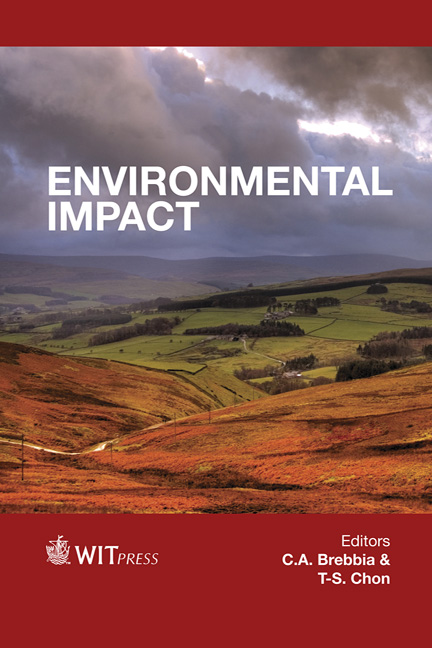Integrative Air Quality Management Airshed By Using Multigas Passive Sampling Technology In Canada
Price
Free (open access)
Transaction
Volume
162
Pages
12
Page Range
517 - 528
Published
2012
Size
3,221 kb
Paper DOI
10.2495/EID120451
Copyright
WIT Press
Author(s)
H. Tang & F. Apon
Abstract
Environmental impacts including air pollution have become more important as the world toward sustainable development. To properly assess a large area’s impact of air pollution requires modeling prediction and/or real measurement by using active and/or passive methods. Real-time active methods can provide instant measurement results, which is an advantage that passive technology does not have. But passive technology is easy to use and very cost effective. Therefore, many air pollution monitoring networks normally combine active and passive methods together. In the past decades, a new strategy for air quality management has been developed in Canada. It is an integrative air quality management or airshed management zone (AMZ), which includes local stakeholders and therefore can extensively use local resources to address many local concerns. The application of a newly patented technology – Multigas Passive Sampling Technology in the AMZ will be described. Keywords: environmental impact, air pollution, passive sampler, air monitoring. 1 Introduction Environmental impacts are affecting sustainable development, and as such have become increasingly influential in the policies of national governments and nongovernmental organizations. The Environmental Impact Assessment (EIA) is a concept and method developed many years ago in the environmental policy arena to evaluate potential consequences of human activity on the natural environment. Therefore, EIA is a tool for sustainable development. It entails identifying and evaluating both intended and unintended consequences and outcomes associated with a particular intervention. Air pollution assessment is
Keywords
environmental impact, air pollution, passive sampler, air monitoring.





